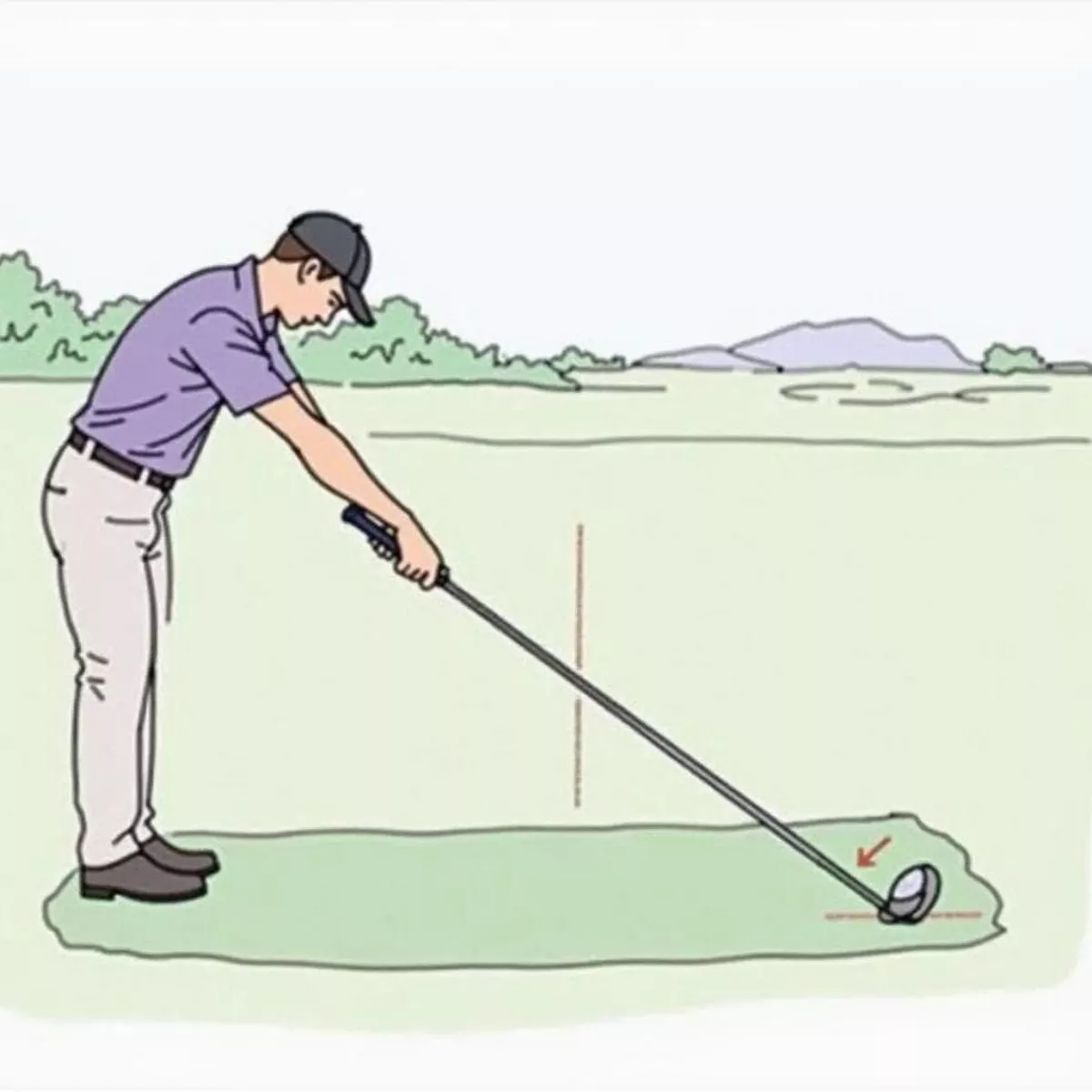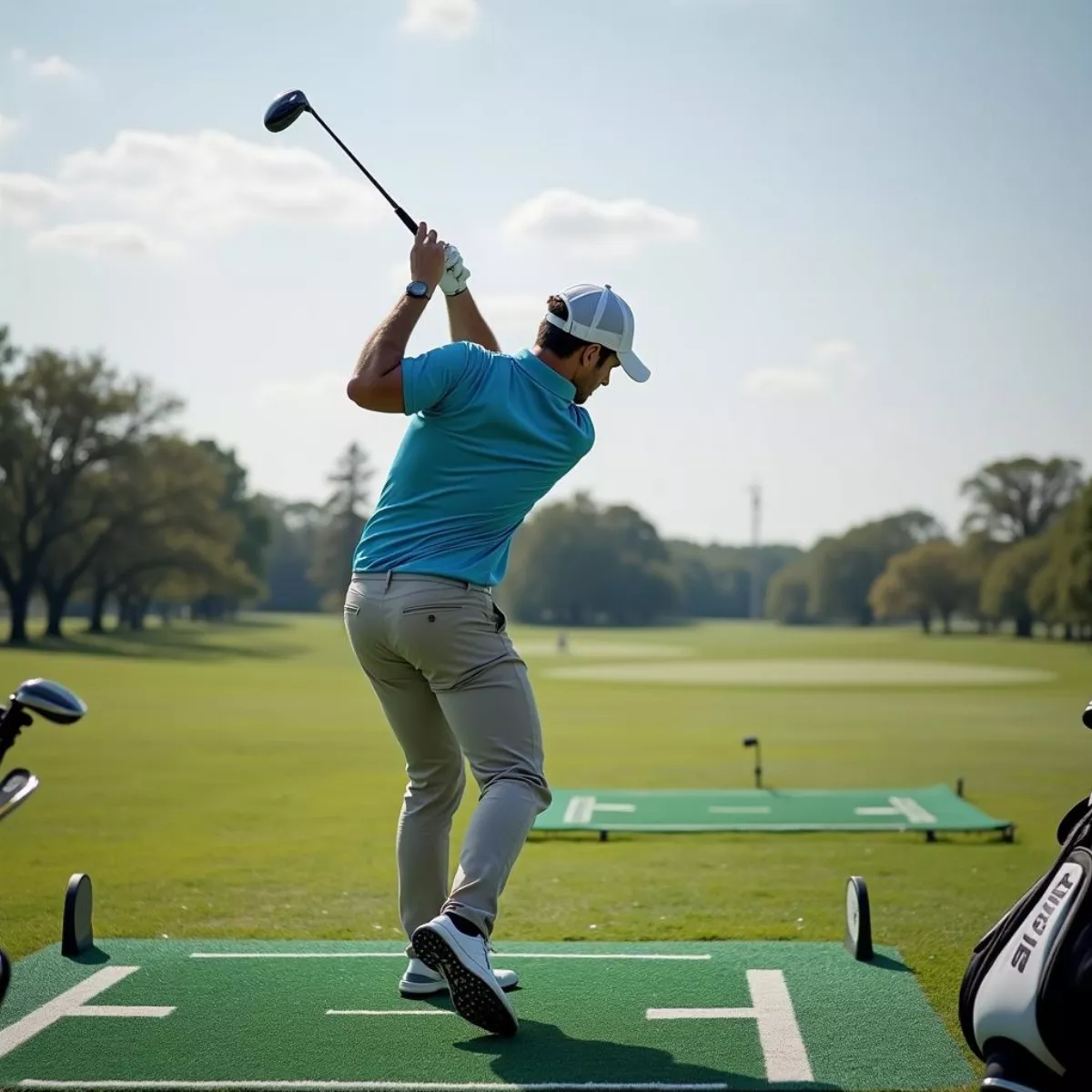Golf Swing Mechanics: Mastering the Shallow Downswing
Golf – a game of precision, strategy, and technique. Understanding how to properly execute a golf swing can make all the difference on the course, and one critical aspect of this is learning how to shallow the golf club in the downswing. If you have found yourself struggling with steep swings and inconsistent contact, you’ve come to the right place. In this article, we will explore the intricacies of this technique, providing insights, tips, and drills to help you transform your game.
Why Shallowing the Club is Important
Before diving into the specifics of how to shallow the club during your downswing, let’s quickly discuss why this technique is crucial:
- Consistency: A shallow club position allows for more consistent ball striking, leading to better accuracy and distance.
- Reduced Slice: Many golfers unintentionally create a slicing motion; by shallowing the club, you create a more neutral path for the clubhead.
- Increased Power: A proper downswing allows for maximum energy transfer, providing more distance on your shots.
Remember, the key to a successful golf swing lies in mastering the mechanics!
Key Concepts of Club Shallowing
To achieve the shallow club position during your downswing, understanding key concepts is vital. Here’s what you need to consider:
1. Understanding the Swing Plane
The swing plane is the path that the club follows during your swing. Knowing how to control this is essential in achieving a shallow strike.
- Steep Angle: A steep swing leads to a steep downswing, making it difficult to achieve clean contact.
- Shallow Angle: A shallower angle allows the club to approach the ball more horizontally, ensuring better contact.
2. Body Turn
Your body movement plays a crucial role in how the club approaches the ball. Here’s how to utilize your body to help shallow the club:
- Rotate the Hips: Initiating your downswing with a hip rotation can promote a more natural shallowing effect.
- Maintain Posture: Ensure you keep your spine angle consistent throughout your swing.
3. Arm Structure
Your arms are an extension of your swing, and how you manage them will significantly affect your downswing.
- Elbow Position: Keep your lead elbow pointing downwards during your downswing to help shallow the club.
- Avoid Over-Raising: Prevent your arms from rising too much in the transition from backswing to downswing.
Now that we’ve covered the core concepts, let’s delve into specific techniques to practice shallowing.
How to Practice Shallowing the Golf Club
Drill 1: The Incline Plane Drill
This drill will help you visualize the correct swing plane to promote shallowing.
- Setup: Place a large alignment stick or club on the ground at an angle corresponding to your desired swing plane.
- Shadow Swing: Take practice swings without a ball, aiming to ensure your club stays connected with the stick on the way down.
- Focus on maintaining your elbows in front of your body.
 Golfer practicing with an alignment stick for incline plane drill
Golfer practicing with an alignment stick for incline plane drill
Drill 2: The Hip Bump
This drill encourages proper hip movement, encouraging shallowing.
- Setup: Begin your swing as usual, but at the top of your backswing, practice thrusting your hips towards the target.
- Feel the Weight Shift: Concentrate on pushing off your back leg and feeling your weight shift to your front leg.
Drill 3: The Single Arm Swing
Using one arm can greatly enhance your understanding of club control.
- Setup: Take a club and hold it with your lead arm only.
- Swing: Perform your swing using just one arm, focusing on the motion of the club path in relation to your body.
- Outcome: This drill helps promote a natural shallow motion.
Tips for Incorporating Shallowing in Your Swing
Here’s a collection of tips to ensure you incorporate this technique seamlessly into your game:
- Slow it Down: When practicing, start off slowly to understand your changes better.
- Video Yourself: Use video playback to see your swing and identify areas for improvement.
- Maintain Relaxation: Tension can hinder your swing; practice relaxation techniques to improve fluidity.
- Stay Committed: Change takes time; stay patient and committed to your practice.
 Golfer practicing shallowing the club on a driving range
Golfer practicing shallowing the club on a driving range
Key Takeaways
To effectively shallow the golf club in your downswing, remember these core principles:
- Understand and visualize your swing plane.
- Focus on proper body movement, especially your hip rotation.
- Maintain a proper arm structure, and be aware of your elbow position.
- Practice various drills to foster improvement.
- Stay patient and committed to your practice.
Frequently Asked Questions
Q1: What is meant by “shallowing the golf club”?
A1: Shallowing the club refers to flattening the angle of the club as it approaches the ball during the downswing, encouraging a more efficient path.
Q2: How does shallowing impact my swing?
A2: It promotes more consistent contact, reduces slicing, and ultimately increases power and distance.
Q3: Can I practice shallowing indoors?
A3: Absolutely! Utilize practice swings, mirrors, and alignment sticks to practice your swing mechanics.
Q4: How long does it take to see improvements?
A4: Improvement can take time depending on practice frequency and quality, but consistent effort can yield noticeable changes within a few weeks.
Q5: Will shallowing prevent all slices?
A5: While shallowing can help reduce slices, it’s also important to examine grip and stance to fully address the issue.
Q6: Should I consult a professional?
A6: If you’re struggling to implement these changes, consider a lesson with a professional instructor for personalized guidance.
Q7: What resources can I use for further learning?
A7: Check out resources like golf instruction books, online videos, and reputable golf websites for additional insights.
Q8: Can fitness influence my ability to shallow the club?
A8: Yes, increasing flexibility and strength can significantly improve your swing mechanics, facilitating a better shallowing action.
Q9: Is it normal to struggle with this change?
A9: Yes! Making significant changes to a long-established swing can be challenging. Be patient and persistent.
Q10: How do I know if I am successfully shallowing the club?
A10: Positive indicators include better ball contact, less slicing, and improved distance on shots.
Conclusion
Learning how to shallow the golf club in your downswing can enhance your overall game significantly. With the right understanding of your swing mechanics, diligent practice, and a commitment to improvement, you will see real progress on the course. Golf is a journey; embrace the process, and have fun along the way!
For further reading on technique enhancements, check out our related articles on swing mechanics and improving contact. Let’s hit the course and practice those swings!

